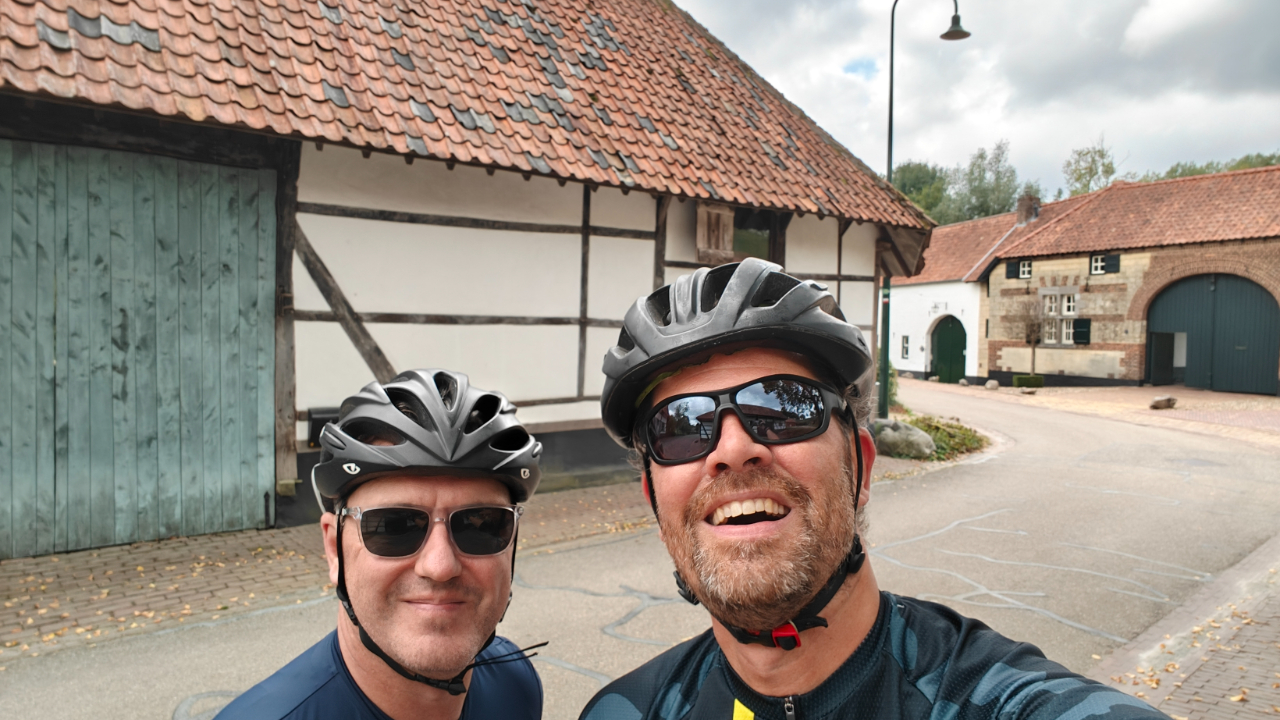
A bike ride through three countries with an Australian friend taught me something about culture — and about motivation.
Oct 23, 2025A bike ride through three countries with an Australian friend taught me something about culture — and about motivation.
A few weeks ago, my colleague and friend Dave Runge came to visit from Australia.
He brought a group of teachers and school leaders who spent two days working with me.
David arrived a few days earlier, which gave us the rare chance to mix business with a bit of leisure.
He’s a passionate cyclist, so I offered him two routes.
One: parts of the famous Amstel Gold Race track, the holy ground of Dutch cycling.
The other: a 65-kilometre ride through three countries — the Netherlands, Germany and Belgium.
For me, the choice was obvious. Who wouldn’t want to ride the Amstel Gold?
But he didn’t even hesitate. “Let’s do the three-country route,” he said.
Only later did I understand why.
In Australia, he has to fly 7,000 kilometres to cross a border.
Here, he could do it in one afternoon. That sense of freedom — that was his motivation.
I realised I had assumed he’d pick the other route.
Luckily, I’d given him a choice.
In education, we often don’t.
We act as if everyone starts from the same place.
Same age. Same goals. Same pace.
We ignore what truly shapes learning: personal context, timing and readiness.
Then we label children as “ahead” or “behind”, when really, they’re just on their own timeline.
Our job isn’t to push every learner up the same hill.
It’s to notice when they’re ready to pedal, in which direction they are most motivated to ride, and ride alongside them.
Because motivation can’t be forced.
It grows when timing, environment and meaning align.
It’s not a utopia. I see it happen every day.
In schools where learners are given time to personalise their learning — to explore, create, or research what truly matters to them, instead of following a schedule where every hour is pre-planned.
When that freedom exists, motivation follows naturally.
